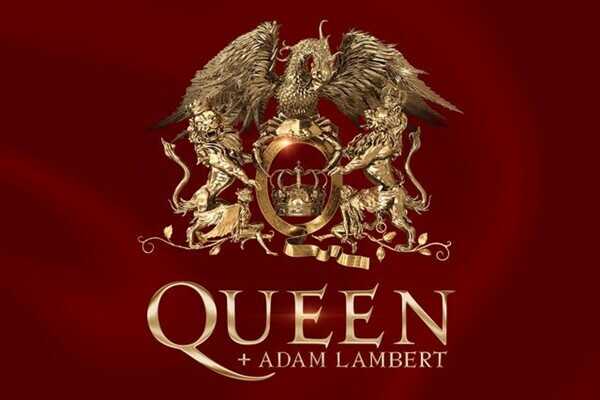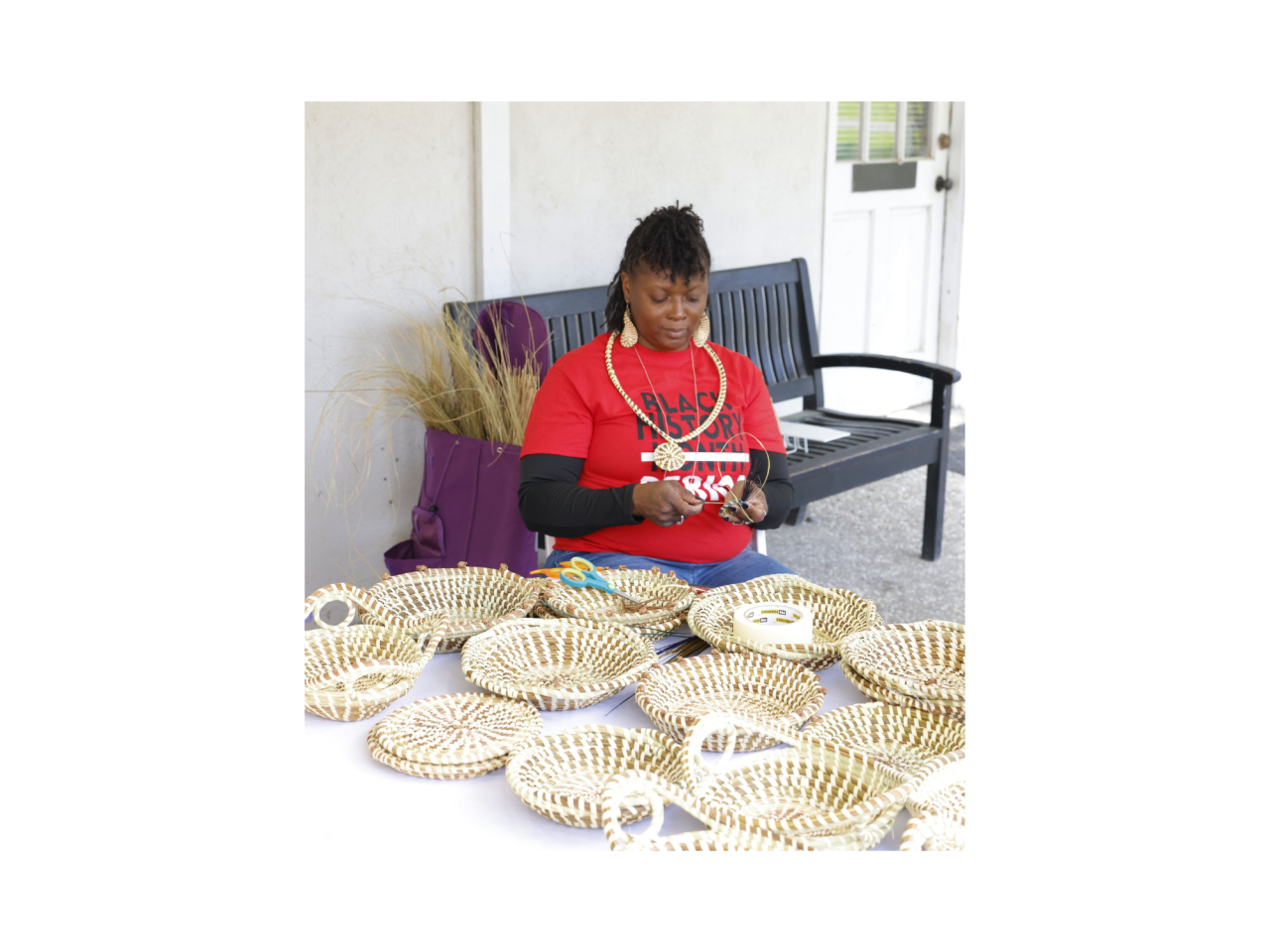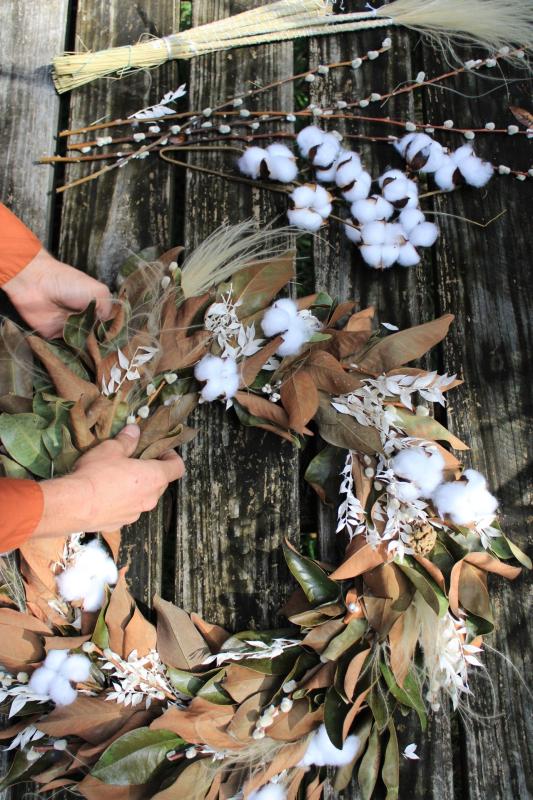Clements Ferry Road Eatery Blending NYC & Charleston Cuisines, With Side of Patriotism
With Founder Mick Jones Still at the Helm, Iconic Band On Farewell Tour, Including North Charleston Show
Nashville Superstar & Trio of Openers Bring Tour To a Close at Credit One Stadium
Charleston advance to Conference Final, Host Kentucky Nov 4th
Iconic Band & Flamboyant Singer Delight Sell-Out As They Blow the Roof Off State Farm Arena



















